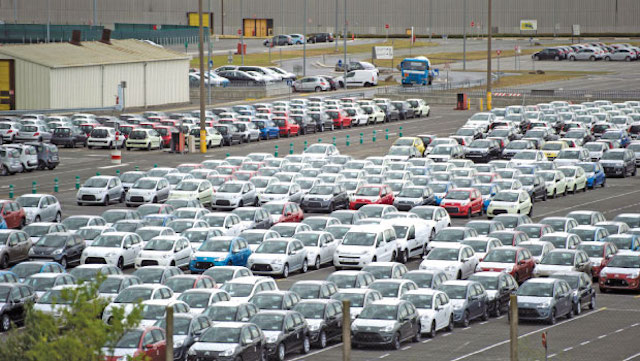
The new vehicle market in New Zealand has become saturated – that’s one reason why Toyota expects sales next year to drop by roughly 10,000 units on this year’s projected 133,000.
“We think it will finish on 133,000, which is a record and potentially at its peak level,” said Steve Prangnell, Toyota NZ general manager of sales. “In other words, we expect (sales) next year to decline.”
Adding to the saturation, he said, is a softening economy – weak dairy prices, weaker GDP growth, and a falling exchange rate that will push up prices of new vehicles.

“There’s a noticeable slowdown in vehicle sales related to the rebuilding of both Christchurch and our economy post the global financial crisis,” Prangnell said.
“Both Statistics NZ and the NZ Institute of Economic Research predict a slowing economy with growth reducing from 3 per cent to under 2.5 per cent, and while the foreign exchange volatility of recent months seems to have stabilised, dairy prices remain depressed after their brief rally, so we expect the (2016) market to drop back, maybe as much as 7 or 8 per cent.”
Prangnell said he expected total sales in 2016 of 122,500 units, of which Toyota’s planned volume would be 25,000. “That’s a reduction of 7 per cent from this year, which we would be seeing signs of already if it wasn’t for the incredibly strong end-of-year demand for rental volume, up 33 per cent due to the strength of the tourism sector.”
Growth in the new vehicle market had gone from 85,000 in 2011 to 113,000 in 2013 and a likely 133,000 in 2015. “That’s an increase of 54 per cent in five years, which is unheard of and ultimately unsustainable,” he said.
During that time buyers had shifted from passenger hatchbacks and sedans to light trucks and SUVs. Sales of small/medium, medium, and large cars had fallen from 38 per cent of the market to 30 per cent. Light trucks had risen from 15 per cent to 21 percent, and SUVs from 21 per cent to 29 per cent.
“To put that into context, if passengers cars had held their share they would’ve sold 50,000 units this year, or 28 per cent more than the likely 39,000,” Prangnell said.
“Conversely, light trucks would’ve been 19,700 this year, instead of heading for 27,500, a 39 per cent lift in volume. So there’s lots of movement among the lower-ranked marques as they adjust their sales mix and model line-ups to meet the market.”
